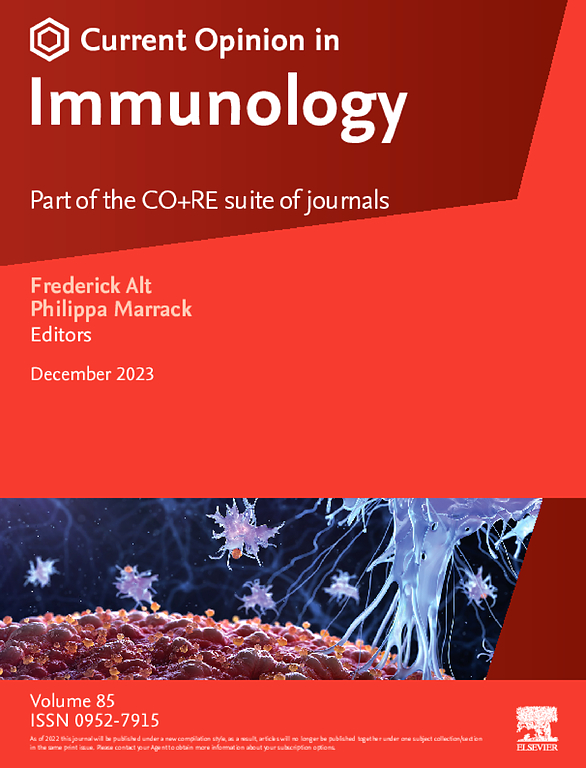输血相关性急性肺损伤:实验模型研究发病机制和治疗策略
IF 5.8
2区 医学
Q1 IMMUNOLOGY
引用次数: 0
摘要
输血相关急性肺损伤(TRALI)是一种危及生命的输血并发症,危重患者的死亡率超过40%。尽管其临床严重,但TRALI的发病机制尚不清楚,由于其不可预测的发病、复杂的病因和缺乏可用的治疗方法,使临床医生难以充分了解和管理它。包括体外、离体和体内模型在内的实验模型的最新进展揭示了中性粒细胞胞外陷阱形成、肠道微生物群串扰、内皮细胞和中性粒细胞衍生的活性氧等新机制,以及一些临床前治疗进展。这篇综述综合了来自实验模型的机制见解,批判性地评估了它们的转化适用性,并提出了个性化预防策略的路线图,包括生物标志物驱动的输血方案。本文章由计算机程序翻译,如有差异,请以英文原文为准。
Transfusion-related acute lung injury: experimental models to study pathogenesis and therapeutic strategies
Transfusion-related acute lung injury (TRALI) is a life-threatening complication of blood transfusion, with mortality rates exceeding 40% in critically ill patients. Despite its clinical severity, TRALI pathogenesis remains unclear, leaving clinicians struggling to fully understand and manage it due to its unpredictable onset, complex causes, and lack of available treatments. Recent advances in experimental models, including in vitro, ex vivo, and in vivo models, have revealed novel mechanisms such as neutrophil extracellular trap formation, gut–microbiota crosstalk, and endothelial and neutrophil-derived reactive oxygen species, as well as some preclinical therapeutic advancements. This review synthesizes mechanistic insights from experimental models, critically evaluates their translational applicability, and proposes a roadmap for personalized prevention strategies, including biomarker-driven transfusion protocols.
求助全文
通过发布文献求助,成功后即可免费获取论文全文。
去求助
来源期刊
CiteScore
13.30
自引率
1.40%
发文量
94
审稿时长
67 days
期刊介绍:
Current Opinion in Immunology aims to stimulate scientifically grounded, interdisciplinary, multi-scale debate and exchange of ideas. It contains polished, concise and timely reviews and opinions, with particular emphasis on those articles published in the past two years. In addition to describing recent trends, the authors are encouraged to give their subjective opinion of the topics discussed.
In Current Opinion in Immunology we help the reader by providing in a systematic manner: 1. The views of experts on current advances in their field in a clear and readable form. 2. Evaluations of the most interesting papers, annotated by experts, from the great wealth of original publications.
Current Opinion in Immunology will serve as an invaluable source of information for researchers, lecturers, teachers, professionals, policy makers and students.
Current Opinion in Immunology builds on Elsevier''s reputation for excellence in scientific publishing and long-standing commitment to communicating reproducible biomedical research targeted at improving human health. It is a companion to the new Gold Open Access journal Current Research in Immunology and is part of the Current Opinion and Research(CO+RE) suite of journals. All CO+RE journals leverage the Current Opinion legacy-of editorial excellence, high-impact, and global reach-to ensure they are a widely read resource that is integral to scientists'' workflow.

 求助内容:
求助内容: 应助结果提醒方式:
应助结果提醒方式:


